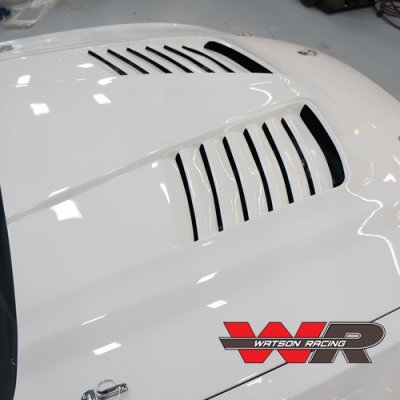TheCrowdPlow
Member
- Joined
- Jul 15, 2021
- Posts
- 59
- Reaction score
- 2
So I installed a 170⁰ thermostat and set the low and high speed fans at 186⁰ and 190⁰ as instructed a couple months back in my 2010 GT. I never actually checked with my handheld tuner the coolant numbers till now and even when cruising down the highway on a 70-75⁰ day the handheld tuner showed 192-196⁰ coolant temps. When coasting to a stop it will go down to only 190⁰, and I can hear the high-speed fan working and will only turn off to low speed after maybe a minute or 2 idling. I don't think I've ever noticed the low speed fan ever turning off, it seems to always be on once the car is warm. When doing a WOT pull on the highway coolant temps will go above 200⁰.
I even noticed my water temp gauge in the car has always gone up to the same area (almost vertical) as it did before with the stock 192⁰ thermostat that was in the car.
Is something in the tuner not correct or do I have some other cooling issue?
I even noticed my water temp gauge in the car has always gone up to the same area (almost vertical) as it did before with the stock 192⁰ thermostat that was in the car.
Is something in the tuner not correct or do I have some other cooling issue?



